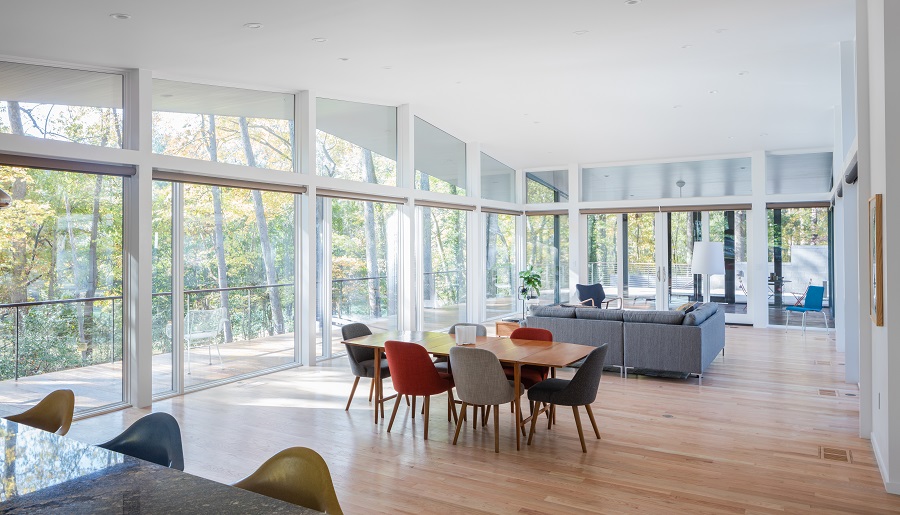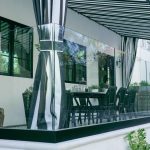Production builders might want to start reviewing their popular floor plans to make sure they can accommodate today’s biggest demographic trend. U.S. Census Bureau data projects the over-65 population growing from 47 million in 2015 to 71 million by 2030, and most older people who answered a 2016 HomeAdvisor survey said they wanted to stay at home for as long as possible. Often, this means living with adult children.
As builders, how do you ensure your products serve seniors yet appeal to young buyers? We found interesting perspectives from an active adult developer and a custom builder specializing in multigenerational homes.
Last year, Diane and Adrian Jacob, developers with backgrounds in real estate and commercial startups, broke ground on a Conroe, Texas, active adult community. They expect up to 100 sales in 2019 and attribute that growth in part to thoughtful design. They’re using floor plans drawn by Epcon Communities, a Dublin, Ohio, company specializing in senior housing.
Epcon’s plans are aimed at people 55 and older — the company interviewed more than 6,000 seniors before designing the plans. But they also understand that younger families will one day move into those homes as demographics shift. In fact, the Jacobs use similar plans in non-age-restricted communities.
“We get wows on our use of square footage,” says Diane Jacob. Older buyers who have lived in less well-designed homes will appreciate this, but so will younger people.
An accessible home with a good layout and quality products is something buyers of all ages love, and JELD-WEN can help with doors and windows.
Nine Design Tips Builders Use to Create Multigenerational Homes
1. Optimize the interior space, an especially important element for seniors who are downsizing.
2. Incorporate open floor plans that are easy for seniors to navigate and great for large family gatherings.
3. Include large glass doors that open to outdoor patios, like these stunning JELD-WEN patio doors.
4. Install easy-to-operate casement windows in large openings rather than double-hung models; the best casements have grilles that mimic double-hung windows. JELD-WEN has a large range of casement windowsto choose from.
5. Consider wide or double exterior and interior doors for seniors who might use a walker or wheelchair. JELD-WEN has both exterior doors and interior doors in a huge range of sizes and styles.
6. Install zero-step walkways that flow naturally from the driveway to the front door.
7. Choose large windows for ample light. JELD-WEN has beautiful, affordable and energy-efficient windows that will appeal to all generations.
8. Opt for light-colored interiors for a bright look that can also help those whose vision may not be as sharp as it once was.
9. Explore luxury vinyl flooring that looks like hardwood but is less slippery.
JELD-WEN® W-5500™ clad-wood patio doors address a number of these multigenerational design aims. These stylish doors come in sliding, swinging and folding models, and allow homeowners to extend their indoor living areas outside when open, while bringing natural light and seamless views into the home when closed. They’re affordable and easy to install whether you’re building new or remodeling.
Other builders are also prioritizing these kinds of products, layouts and aesthetics. “These homes absolutely must be well designed,” says Tim Winter of Paradigm Building Group in Fairfax, Virginia. “And when the homeowners want to resell, we don’t want the home to feel sterile.” Winter seeks to meet the needs of all ages by partnering with an architect specializing in multigenerational design.
For design inspiration and window and door products that help architects and builders create multigenerational homes, visit the JELD-WEN Professionals website.



